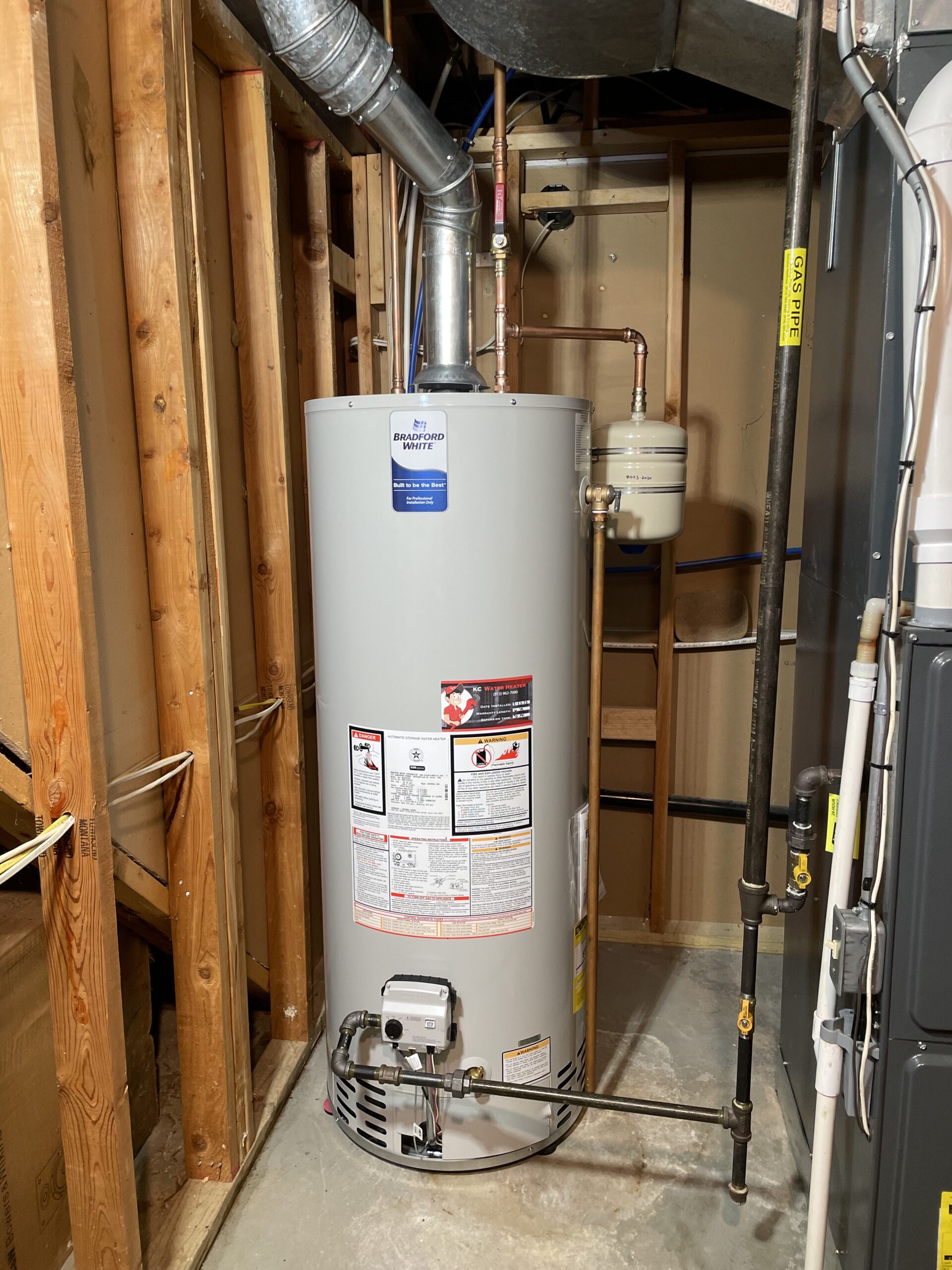The content following next about Water Heater Maintenance Tips You Can't Afford to Forget is rather enlightening. Give it a go and make your own results.

Hot water is crucial for daily convenience, whether it's for a rejuvenating shower or cleaning meals. To guarantee your hot water system runs effectively and lasts longer, regular upkeep is vital. This post offers practical pointers and insights on just how to maintain your home's hot water system to avoid disturbances and expensive repair work.
Intro
Preserving your home's hot water system may appear challenging, but with a couple of simple actions, you can ensure it runs smoothly for many years ahead. This overview covers everything from comprehending your hot water system to do it yourself maintenance tips and understanding when to hire specialist help.
Relevance of Preserving Your Warm Water System
Routine upkeep not only prolongs the lifespan of your hot water system yet likewise guarantees it operates successfully. Neglecting upkeep can lead to reduced performance, higher power bills, and even early failure of the system.
Indications Your Warm Water System Needs Upkeep
Recognizing when your hot water system needs interest can protect against significant concerns. Watch out for indicators such as inconsistent water temperature, odd sounds from the heater, or corroded water.
Understanding Your Warm Water System
Before diving into upkeep jobs, it's helpful to comprehend the standard components of your hot water system. Generally, this includes the hot water heater itself, pipelines, anode rods, and temperature level controls.
Monthly Maintenance Tasks
Routine month-to-month checks can assist catch small issues before they intensify.
Purging the Hot Water Heater
Purging your water heater eliminates debris build-up, improving efficiency and extending its life.
Monitoring and Changing Anode Rods
Anode rods stop rust inside the container. Inspecting and replacing them when worn out is critical.
Examining and Readjusting Temperature Settings
Adjusting the temperature level settings ensures optimal performance and safety.
DIY Tips for Maintenance
You can perform several maintenance jobs on your own to maintain your warm water system in leading problem.
Checking for Leaks
Frequently check pipelines and links for leakages, as these can result in water damages and greater bills.
Checking Pressure Relief Valves
Testing the stress safety valve ensures it functions correctly and protects against too much stress accumulation.
Insulating Pipes
Shielding warm water pipes reduces warmth loss and can conserve energy.
When to Call a Specialist
While do it yourself maintenance is helpful, some problems require professional experience.
Facility Problems Requiring Specialist Aid
Instances include significant leaks, electrical troubles, or if your water heater is regularly underperforming.
Routine Expert Maintenance Conveniences
Expert maintenance can consist of extensive evaluations, tune-ups, and ensuring conformity with security criteria.
Final thought
Regular upkeep of your home's hot water system is essential for effectiveness, longevity, and price savings. By adhering to these suggestions and recognizing when to look for professional aid, you can ensure a reputable supply of hot water without unforeseen disruptions.
How to Maintain an Instant Hot Water Heater
Before tinkering with your hot water heater, make sure that it’s not powered on. You also have to turn off the main circuit breaker and shut off the main gas line to prevent accidents. Also turn off the water valves connected to your unit to prevent water from flowing into and out of the appliance. 2. When you’re done, you have to detach the purge valves’ caps. These look like the letter “T†and are situated on either side of the water valves. Doing so will release any pressure that has accumulated inside the valves while at the same time avoid hot water from shooting out and burning your skin. 3. When the purge valves’ caps are removed, you have to connect your hosing lines to the valves. Your unit should have come with three hoses but if it didn’t, you can purchase these things from any hardware or home repair shops. You can also get them from retail stores that sell water heating systems. Read the user’s manual and follow it to complete this task properly. When the hosing lines are connected, open the purge port’s valves. 4. You should never use harsh chemical cleaners or solutions when cleaning your unit. Make use of white vinegar instead. It should be undiluted and you’ll probably use about 2 gallons. 5. Now flush your water heater. This task should probably take about 40 minutes. We can’t give you specific directions for this because the procedure is carried out depending on the type, model and brand of your heater. With that being said, refer to the user’s manual. 6. When you’re done draining the unit, you have to turn off the purge port valves again. Remove the hosing lines that you earlier installed on each of the water valves. Put the valve caps (purge port) back in their respective places and be very careful so as not to damage the rubber discs that are found inside these caps. 7. Now that everything’s back in place, check your user’s manual again to find out how to reactivate your water heating system. 8. Once it is working, turn one of your hot water faucets on just to let air pass through the heater’s water supply pipes. Leave the tap on until water flows smoothly out of it. https://www.orrplumbing.com/blog/2014/september/how-to-maintain-an-instant-hot-water-heater/

As a keen person who reads about Tips For Maintaining Your Hot Water Heater, I assumed sharing that segment was a good thing. Make sure you take the time to share this entry if you liked it. I take joy in your readership.
Call Today